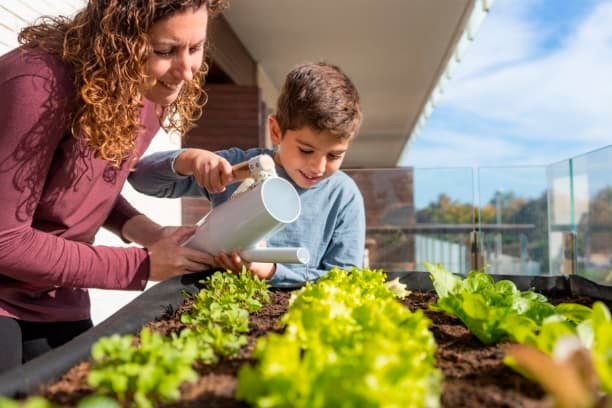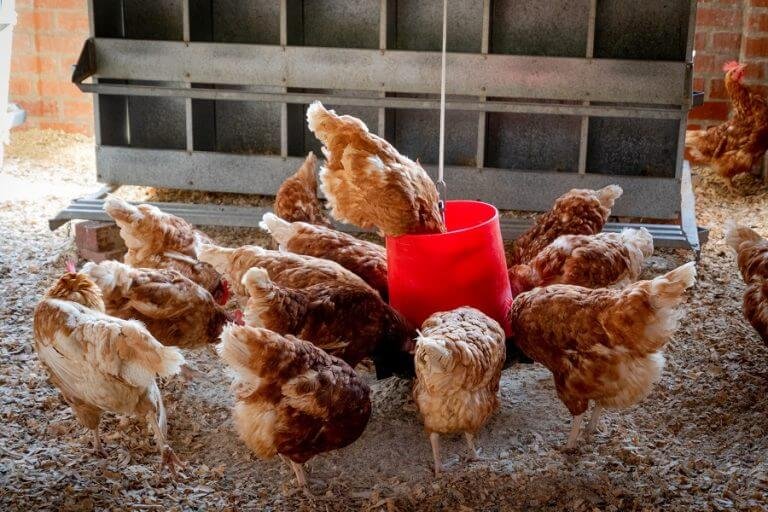Urban Farming: 4 Easy Steps to Start and Maintain a Garden in the City

Urban farming can be a perfect hideout from the hustle of city life. Also, you can enjoy an unlimited supply of fresh organic veggies all year round.
Starting a garden of your own in the city can be a tempting idea. However, it is not as easy as gardening in the countryside. You need vast planning and preparation.
Hence, this article will walk you through everything you need to know about urban gardening.
Why is Urban Farming Important?
Urban farming is important for several reasons:
- Urban farming will allow you to get fresh and organic food all the time. These veggies are more nutritious and flavorful than store-bought produce that has been shipped from far away.
- By planting in a community garden, urban farming can help bring communities together. It will give city dwellers a common space for people to work and connect with one another.
- Urban farming can provide opportunities for small-scale entrepreneurship and local job creation.
- Urban farming can help reduce the carbon dioxide around you and increase oxygen production. In cities, there are way fewer plants than in the country-sides. For fresh air and a healthy environment, it’s important to plant as much as possible.
- A small green garden in the middle of the concrete buildings will provide a beautiful and aesthetically pleasing look. It’s enough to refresh your mind after a long day of work.

How to Start a Productive Garden in the City?
You have to follow some simple steps to start a productive garden in the city. Let’s discuss these steps in detail.
Step 1: Determine The Space
First, you have to decide the space you want to build your garden in. This could be a balcony, a rooftop, a window sill, a fire escape, or even a community garden plot. You don’t have to be concerned about the space size. Even a small space can be a highly-productive garden if you can use it properly.
However, you have to keep one thing in mind. No matter which place you choose, the place should have proper exposure to sunlight, wind, and rain.
Step 2: Decide What to Plant
Consider the climate and amount of sunlight your space receives. Choose plants that are well-suited to your location and that you enjoy eating. Popular choices for city gardens include tomatoes, peppers, herbs, lettuce, and strawberries.
Deciding what seed to grow and what not can be a dilemma. But, if you study the seeds and their care tips properly, any plants can be productive for you. You should also learn maintenance tips about gardens before choosing any plants.
Step 3: Get The Right Supplies
Once you have determined the space available and what you want to plant, it’s important to get the right supplies for your garden.
Pot: If you don’t want to plant in gardening beds, potted plants can be a great alternative. When selecting pots, you have to consider the number of plants you want to put in each pot. Also, consider the type of plants you want to grow, and how many pots you will need. Make sure the pots have a proper drainage system.
Mixing tall plants with shorter plants in the same pot can be an efficient use of space and will help prevent overcrowding. Additionally, having more pots in an area can increase humidity, which can be beneficial for plant growth. Get creative and have fun with your pot selection to make your city garden as productive and beautiful as possible!
Soil: Choose a high-quality potting mix that is well-draining and nutrient-rich. Avoid using soil from your yard, as it may contain pests or diseases.
Compost: Compost is a great natural fertilizer and can improve soil health. You can purchase compost or make your own by composting kitchen scraps and yard waste.
Watering can or hose: Plants need regular watering, so make sure you have a watering can or hose to keep them hydrated.
Gardening tools: Basic tools like a trowel, pruning shears, and gloves can make gardening easier and more efficient.
Step 4: Plant Your Garden
Fill your containers with potting soil, leaving about an inch of space at the top. Follow the instructions on the seed packets or seedlings to determine the appropriate spacing and depth for planting.
If you are planting seedlings, carefully remove them from their original containers and gently loosen the roots. Make sure not to disturb the roots. Place the plant in the center of the container and fill it in with soil around it. Water the soil thoroughly after planting to ensure the soil is moist and to help the plants settle in.
That’s all. Here you got your garden.
How To Maintain A Productive Garden In The City
Only starting gardening will not be enough. You have to make time from your busy schedule and take some care of your garden to have maximum output from it. Here are some of the maintenance tips you can follow.
- Water the garden every day or every other day depending on the humidity level and the plant’s requirement. Make sure to water the soil around the plants, rather than the leaves, to avoid mold and other plant diseases.
- Use organic fertilizers to provide nutrients to your plants, and follow the instructions on the packaging to avoid over-fertilizing. You can use egg shells and vegetable shells as fertilizer.
- Regularly weeding the garden is important in urban gardening as you are already planting in a small space. You can use a hand tool, or even your hands to pull up weeds.
- Make sure to clean the fallen leaves from your garden to avoid overcrowding the space.
- Make sure to prune the plant occasionally depending on the plant’s needs. It will help the plant to grow bigger, improve the plant shape and prevent plant disease.
These primary maintenance should be enough to keep your garden growing. Try planting different plants at different times to have a variance in taste. Don’t forget to share your harvest with your friends and neighbors! Happy gardening!





